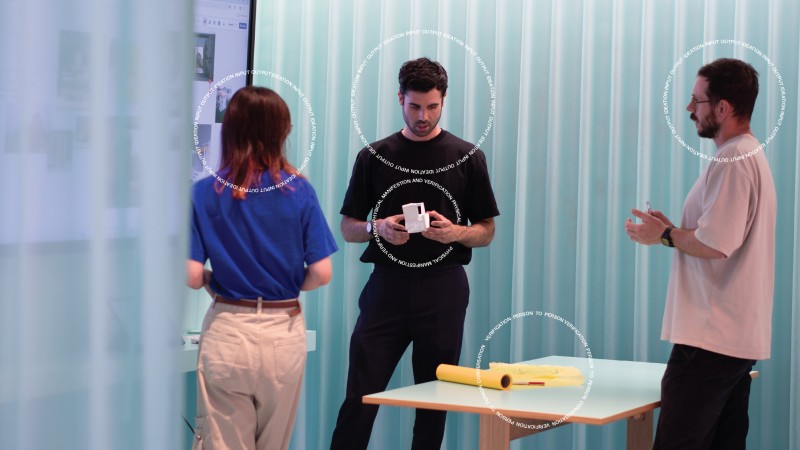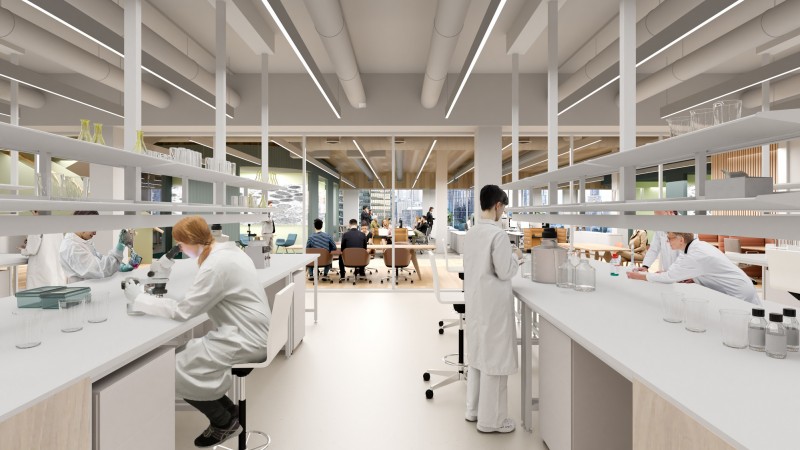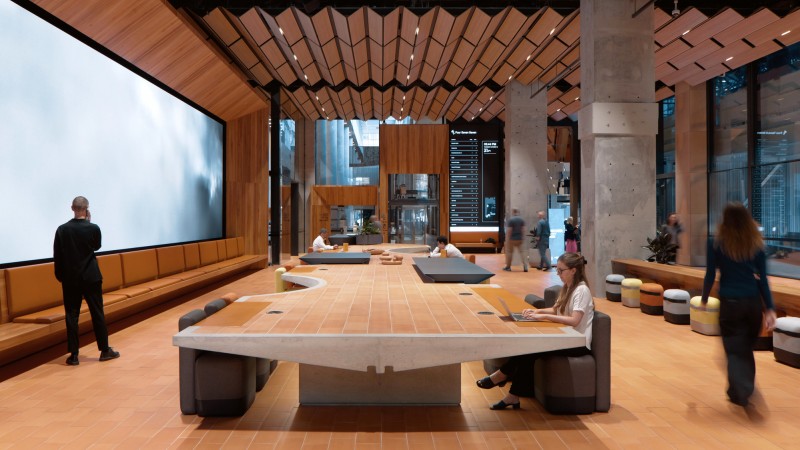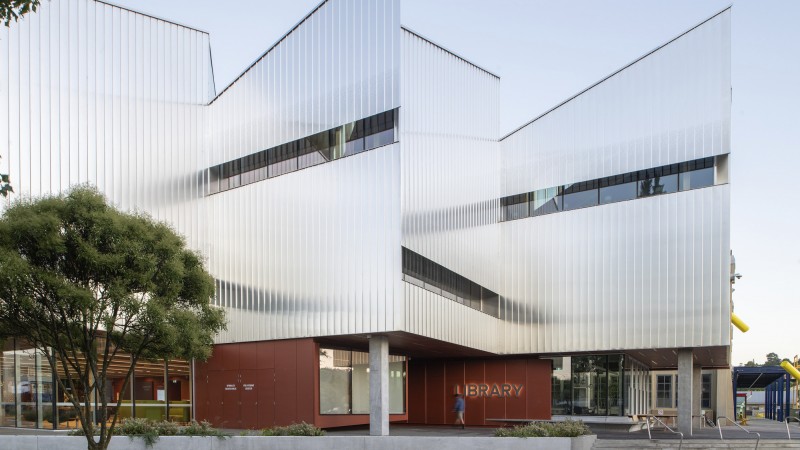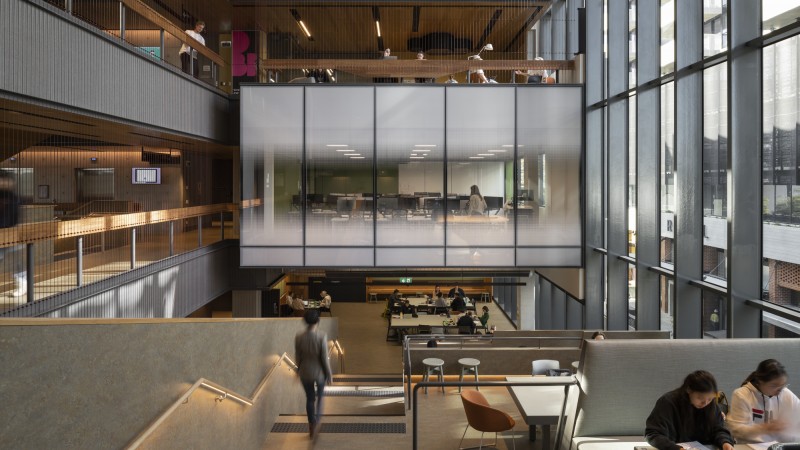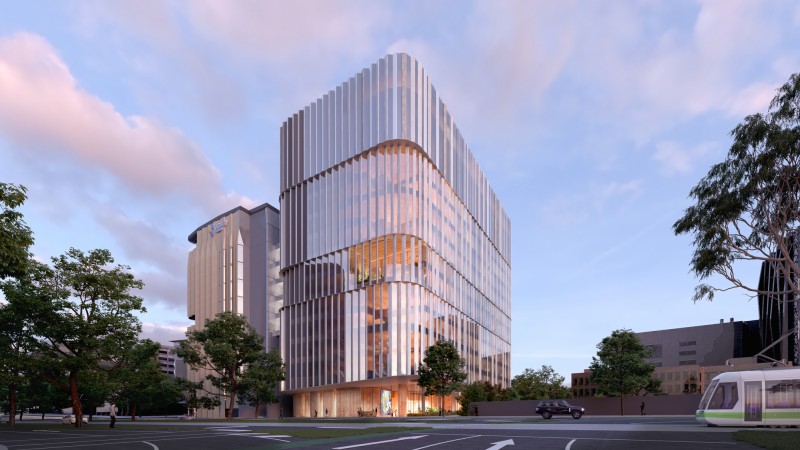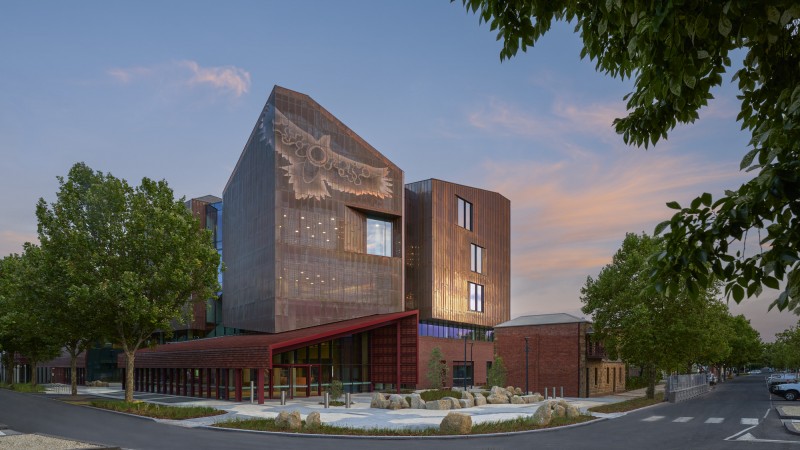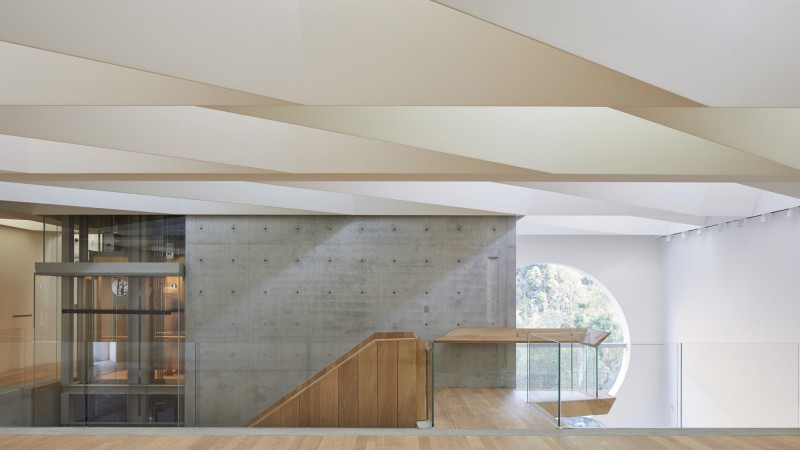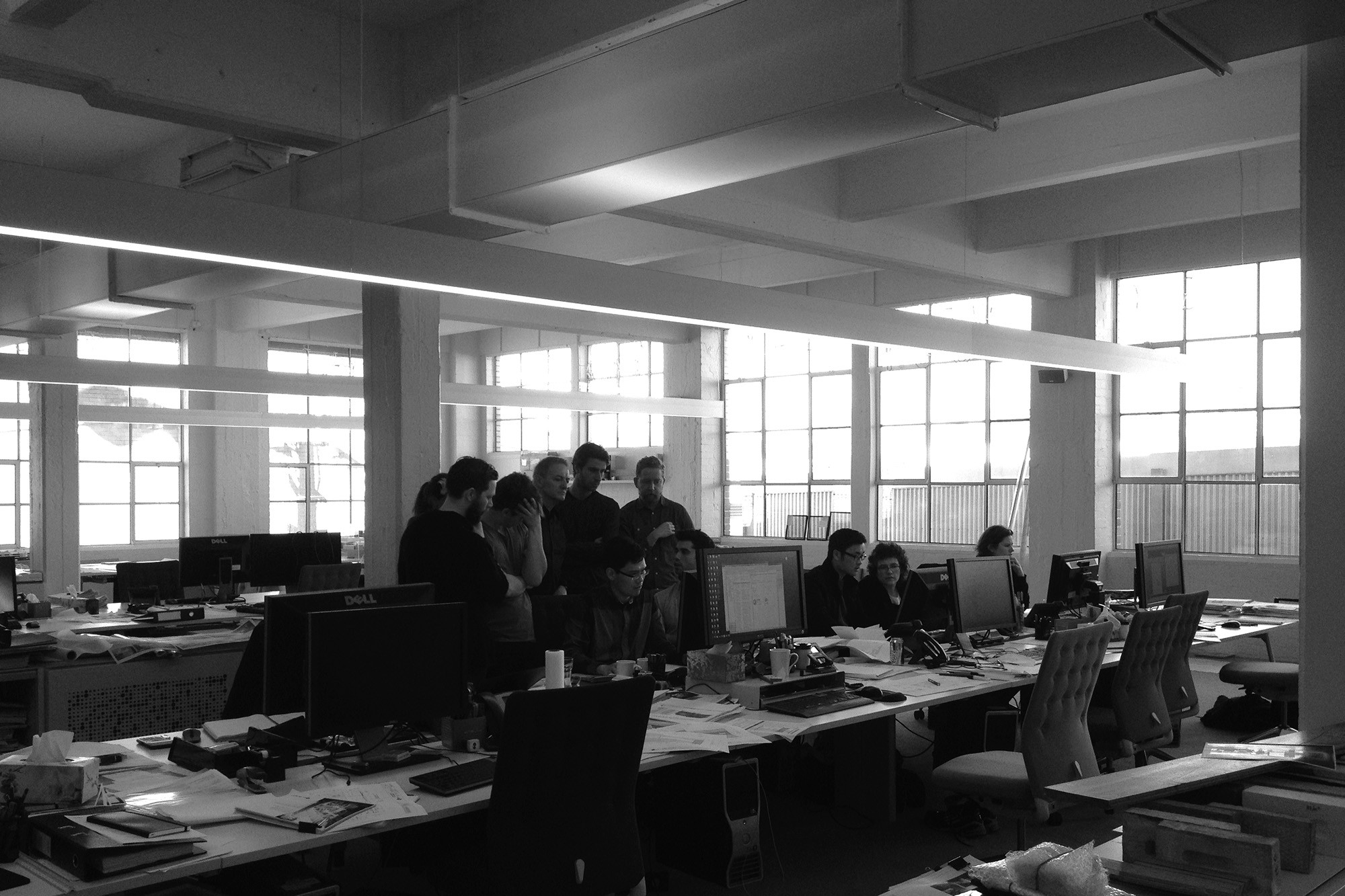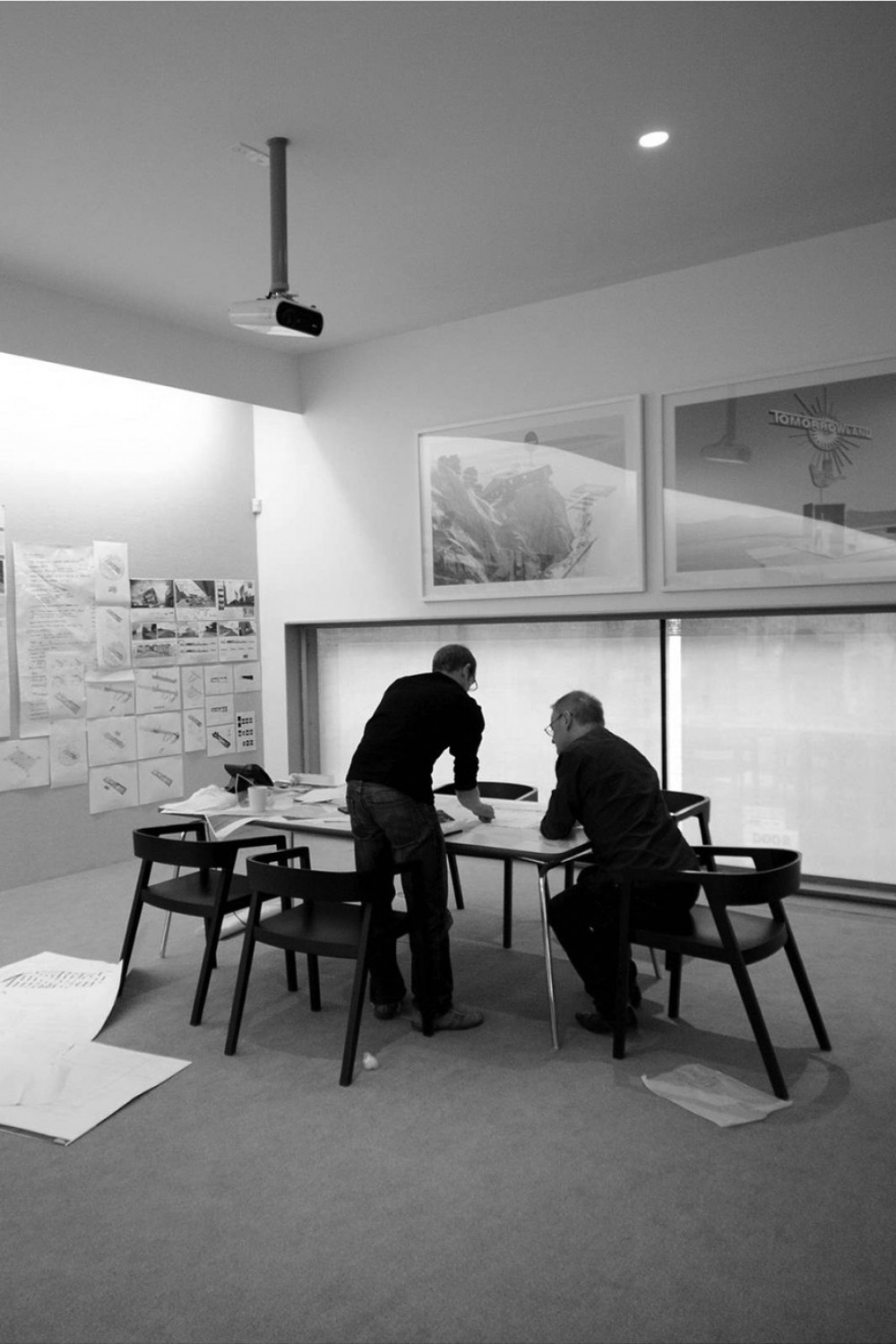While our creative processes and work methods have a lineage beyond our time at Rokeby Street, Collingwood, our new workplace mirrors these and provides a frame for who we are, and what we do. Where our city location allowed us to easily disperse into a wider populous, our move to the city fringe has brought a greater inward focus. We prepare meals together with the same interest and rigour that we have for resolving complexity in architectural detailing.
When we settle in to work, we work with an unspoken commitment to the collective experience of the built environment. We place great importance on the habitation of the places and spaces that we conceive, and we carefully contemplate their fabrication. We often begin by recalling history while also projecting into the future, with a view to placing our work within a wider social and cultural context. We draw upon many talents, and it is through conversation that we fold in various creative inputs.
We do not start work with a manifesto or position statement, as architects were once schooled to do. Instead we explore the complexity inherent in constraints, and find potential where there seemed to be none.
We return again and again to repeated themes and we explore the same themes across projects that vary in context, scale and purpose. We intuitively navigate a line that exists between a number of possible and perhaps more obvious outcomes. The end point is not always clear to us, and we are sure that at times our processes are baffling to others.
